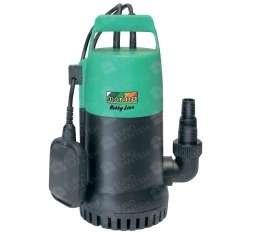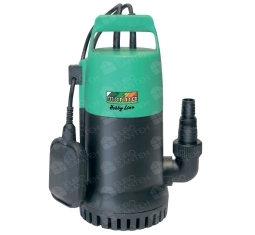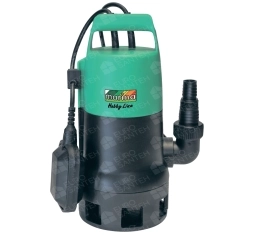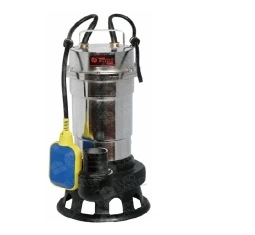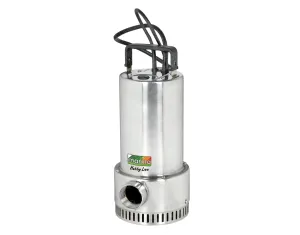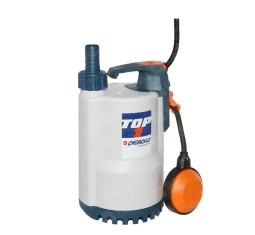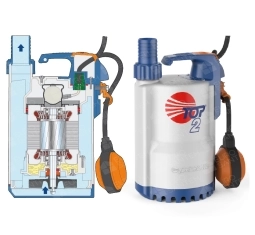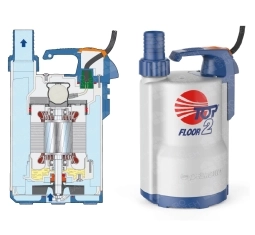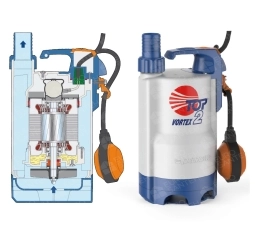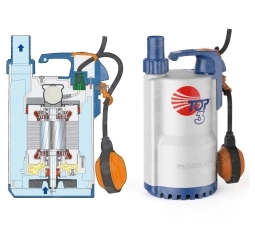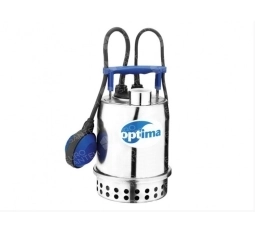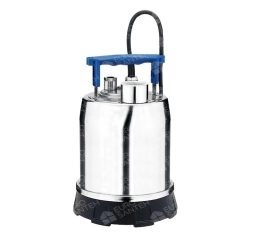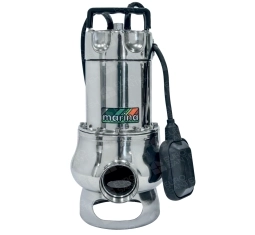Drainage pumps for clean water
Drainage pumps for clean water play a pivotal role in various sectors, ensuring efficient water management and safeguarding against potential flooding or water-related issues. These pumps are engineered to remove excess water from different surfaces, preventing water damage and maintaining dry conditions in residential, commercial, and industrial settings.
The significance of drainage pumps for clean water becomes apparent in scenarios where water accumulation poses a threat to infrastructure, property, and safety. Whether it's controlling groundwater levels around buildings, managing stormwater runoff, or facilitating irrigation in agricultural lands, these pumps offer versatile solutions to diverse water management challenges.
One of the primary advantages of using drainage pumps for clean water lies in their ability to efficiently handle water without compromising its quality. They are designed to pump out clean water, free from contaminants or pollutants, making them suitable for applications where water purity is essential, such as in drinking water supply systems, swimming pools, or water features in recreational areas.
When selecting a drainage pump for clean water, several factors need to be considered to ensure optimal performance and longevity. Pump capacity, also known as flow rate, determines the volume of water the pump can move within a given time frame. It's essential to match the pump capacity with the specific requirements of the application, whether it's draining excess water from a basement or emptying a retention pond after heavy rainfall.
The type of pump is another crucial consideration. Submersible pumps are designed to be submerged in water and are commonly used for applications such as draining flooded basements, ponds, or sewage systems. On the other hand, centrifugal or surface pumps are installed above the water level and are suitable for moving water from shallow depths, such as from swimming pools or construction sites.
In addition to pump capacity and type, factors such as power efficiency, durability, and ease of maintenance are also important. Modern drainage pumps for clean water are equipped with energy-efficient motors and components, helping to reduce electricity consumption and operating costs. They are constructed from high-quality materials resistant to corrosion and wear, ensuring reliable performance even in harsh environments.
Regular maintenance is essential to ensure the proper functioning of drainage pumps for clean water. This includes routine inspections, cleaning of pump components, and timely replacement of worn-out parts. Proper maintenance not only prolongs the lifespan of the pump but also minimizes the risk of unexpected breakdowns or malfunctions.
Advancements in technology have led to the development of smart drainage pump systems equipped with sensors and automation features. These pumps can monitor water levels, adjust pumping rates, and send alerts in case of anomalies, allowing for proactive management of water resources and enhanced operational efficiency.
In conclusion, drainage pumps for clean water play a critical role in managing water resources effectively and mitigating the risks associated with water accumulation. By selecting the right pump for specific applications, ensuring regular maintenance, and leveraging technological innovations, stakeholders can optimize water management practices and create resilient and sustainable water systems for the future.
